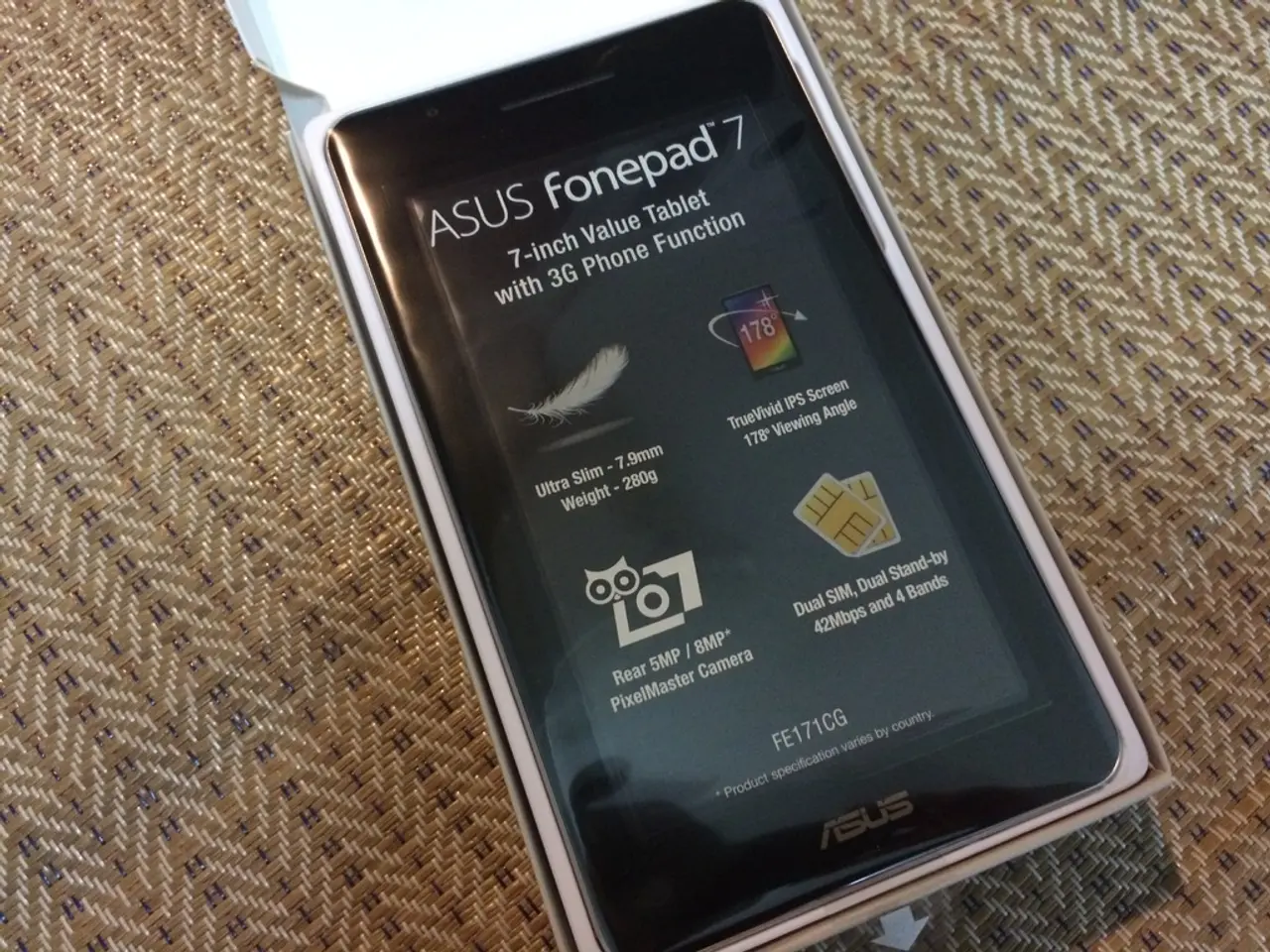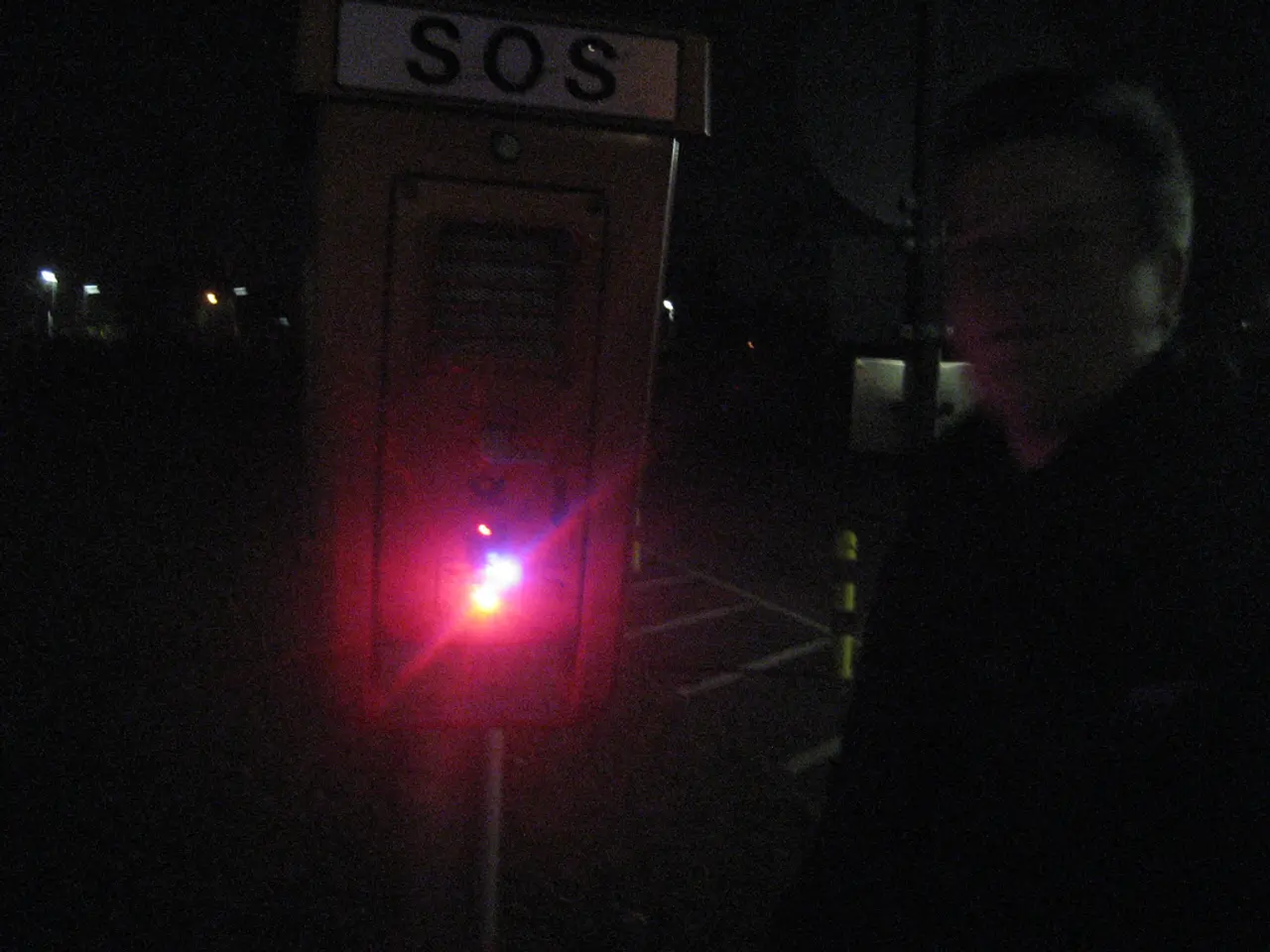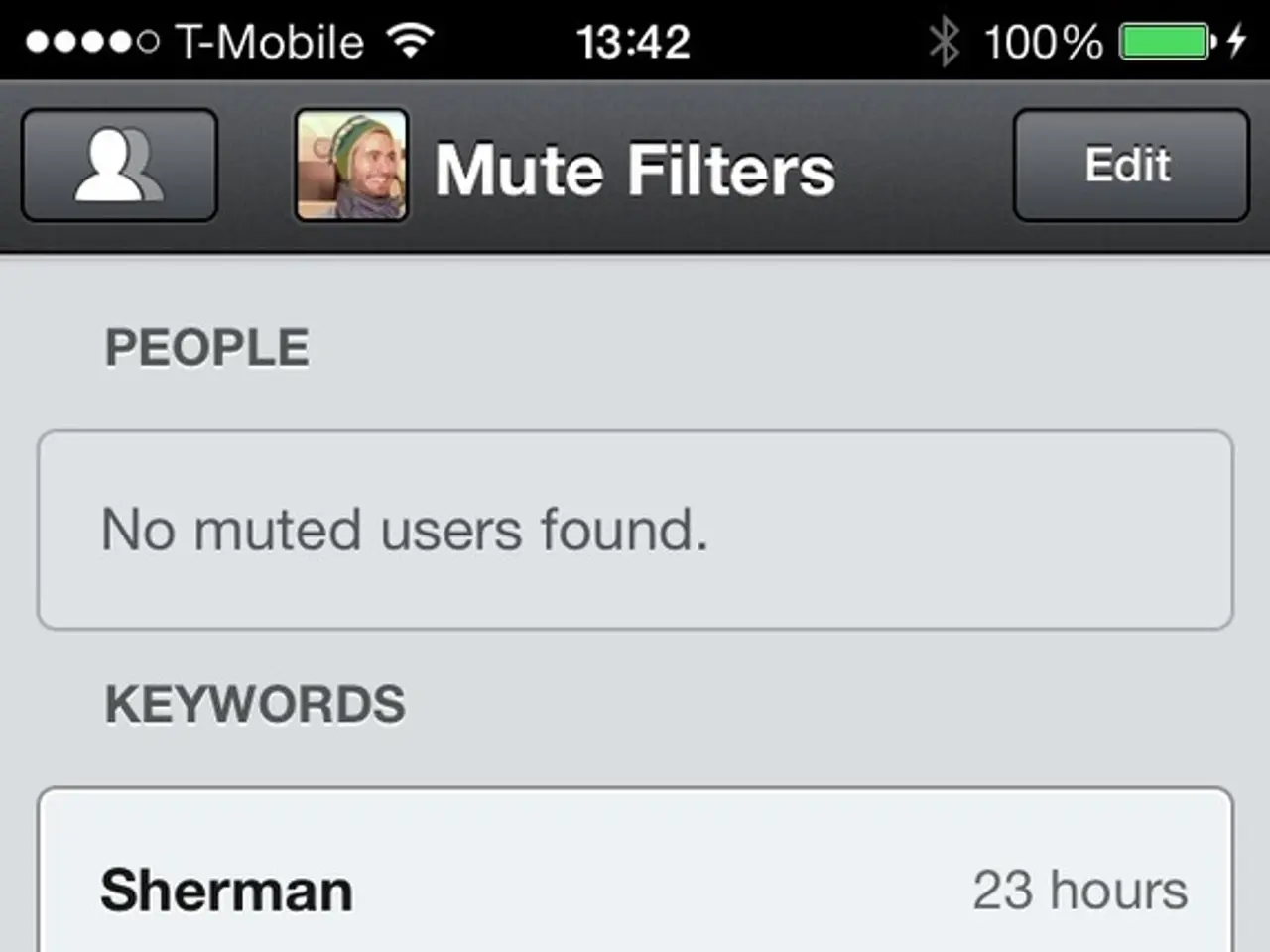Impressive Evaluation of Fast Fusion: Stunningly Attractive and Swiftly Exciting, this Stealth Launch Game for Switch 2 Stands Out as a Concealed Masterpiece
Publisher: Shin'en Multimedia
Developer: Shin'en Multimedia
Release date: 05 June
Format: Switch 2
Platform: Unknown (proprietary)
Fast Fusion for Switch 2 leaves a lasting impression on two fronts. First and foremost, it's a visually stunning game—a solid choice to show off your new console to pals. Beyond that, it's bloody enjoyable to play. (Feel free to read our Switch 2 review for insights on the console itself.)
In a world where new consoles often launch with a sparse lineup of exclusive games, any titles that do make an appearance don't need to exert much effort to rack up some initial sales. It's delightful, then, to see that Shin'en Multimedia hasn't taken things lightly with Fast Fusion.
Comparisons to WipEout (RIP) are inevitable in this speed-racing combat extravaganza. Sleek, angular antigravity vehicles zip through intricate, turning tracks at breakneck speeds, set to a pounding techno soundtrack.
Ground-pounding boosts
Fast Fusion pushes the boundaries of verticality and angles in its course design. One minute, you might be soaring above a forest, hoping to make a safe landing on the next section below; the next, you'll be thundering across a wall with a nerve-wracking jump just moments away.
The game's futuristic aesthetic is punctuated with vibrant shades of blue and orange. Phasing your vehicle is as easy as tapping a button, switching its lights between these colors, which plays a crucial role. Matching the color of the boost strips on the track delivers a speed boost, while a mismatch results in a severe slowdown. Coins to refill the boost meter use the same vivid hues.
Each track has been carefully crafted to be challenging yet fair. The high speeds you'll achieve, especially in the final Hypersonic league, can make sudden turns and last-minute jumps feel unpredictable and brutal. However, rest assured that this isn't the case with Fast Fusion. The tracks twist and loop, offering a glimpse of what's coming up ahead. Color-coded lights help you prepare, with subtler yellow shades for sharper turns and compulsory jumps.
There are twelve unique tracks, a decent number for a game of its price range, and each is so delightful that I can't help but want more. The spectacle is abundant; racing through the legs of a massive mech in Port Genkai never fails to thrill, while the giant sand whales leaping over a track segment in Vhale Valley leave me in awe each time I pass.
For a racing game that moves at this pace, frame rate is crucial. In handheld mode, the game sustains a consistent 60fps at 1080p in performance mode, while playing docked offers more 60fps options up to full 4K for compatible screens. Both handheld and docked modes offer a mode with enhanced graphics in exchange for a 30fps experience, but it's recommended to avoid this. Halving the frame rate can have a significant impact on immersion.
First-person sprint
Beyond the GP mode, there's more to explore. Time trial allows you to tackle empty tracks, a true test of your skills since the developer times are brutally challenging. Then there's the Super Hero mode, which enables you to play an individual race of your choice but demands that you come in first. Your boost meter also doubles as your health meter, jumping depletes this meter, and one crash results in failure, except in this mode, where you have an unlimited number of retries.
The 'fusion' mechanic plays a significant role at higher difficulties. Fusing any two unlocked vehicles creates a new one with aesthetics and a company name that meld the originals, along with improved stats. However, there are few vehicles available, and you can't fuse previously fused creations, which gives the system limited potential.
The main drawback is the absence of traditional online multiplayer. Although the game supports local four-player split-screen and allows for extended local play using Switch 2 GameShare, its online offerings are minimal. While it's possible to race online with a friend, there's no matchmaking system or broader online multiplayer support, meaning you can't join lobbies or compete against random players over the internet[1][2].
This lack of traditional online multiplayer has not escaped the attention of many reviewers[1][2] and is often cited as a significant disadvantage. If Fast Fusion gains enough popularity to warrant the addition of online matchmaking, it could easily skyrocket from a great game to an essential purchase.
[1] Fast Fusion on Nintendo Switch 2: A Review – GamingReconcile (https://gamingreconcile.com/fast-fusion-nintendo-switch-2-review/)[2] Fast Fusion Review – Nintendo Life (https://www.nintendolife.com/reviews/nintendo-switch/fast-fusion)
- Shin'en Multimedia's effort on Fast Fusion is evident in the game's creative design, showcasing a futuristic aesthetic with vibrant shades of blue and orange, similar to the sophisticated color choices in UI and UX design.
- Fast Fusion's racetracks, a blend of art and technology, are meticulously designed to challenge players, offering an enjoyable gaming experience reminiscent of the layout and gameplay in popular 3D games like WipEout.
- The game's design philosophy extends to the user interface, where matching the color of the boost strips delivers a speed boost, reflecting the importance of color in both design and creative industries.
- In its high-speed, adrenaline-pumping gameplay, Fast Fusion embraces the art of precision, with color-coded lights warning players about sharp turns and compulsory jumps, mirroring the role of gadgets and technology in modern life.
- Fast Fusion's design team has demonstrated a deep understanding of the power of technology, ensuring a consistent frame rate of 60fps on Switch 2, creating an immersive experience whether players opt for the handheld or docked mode.




